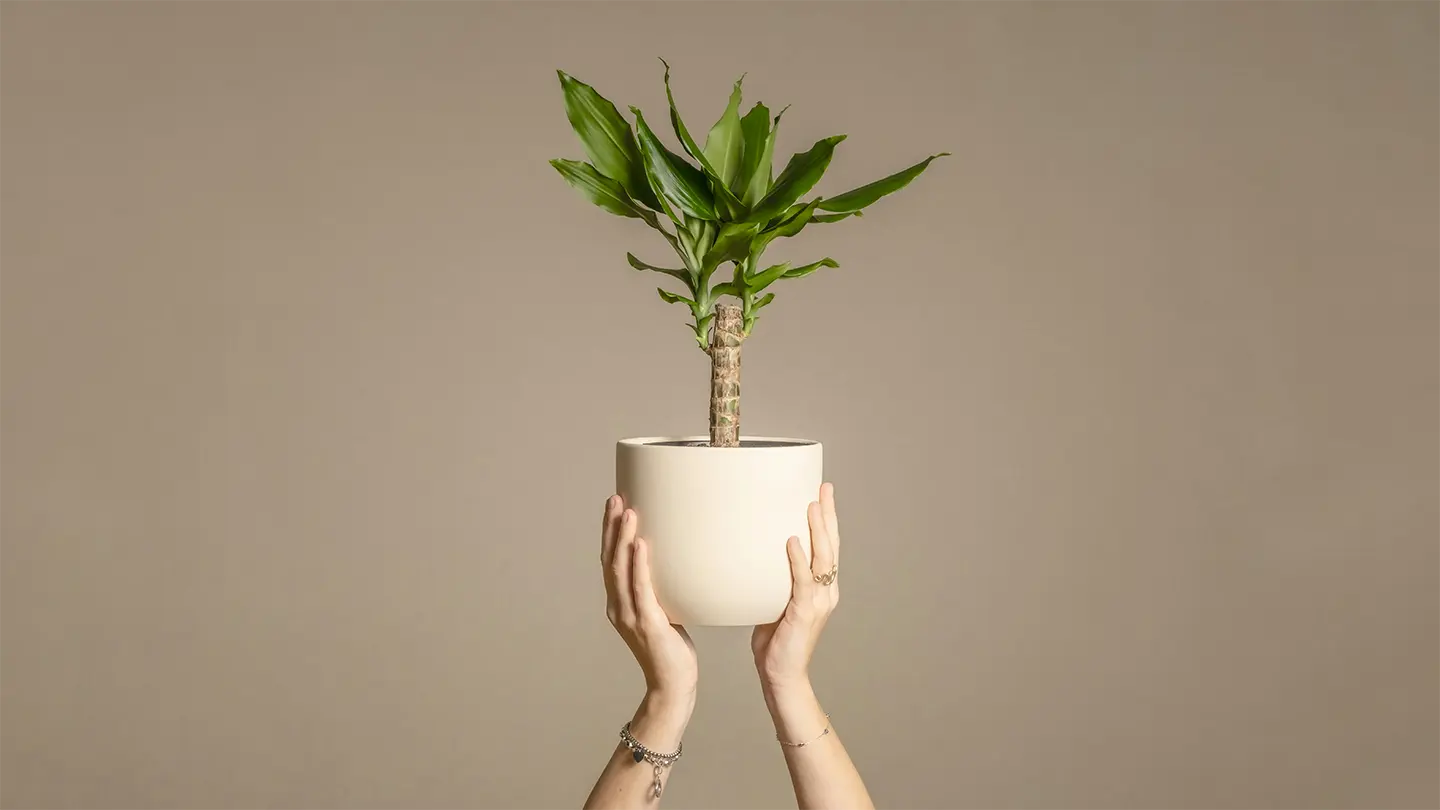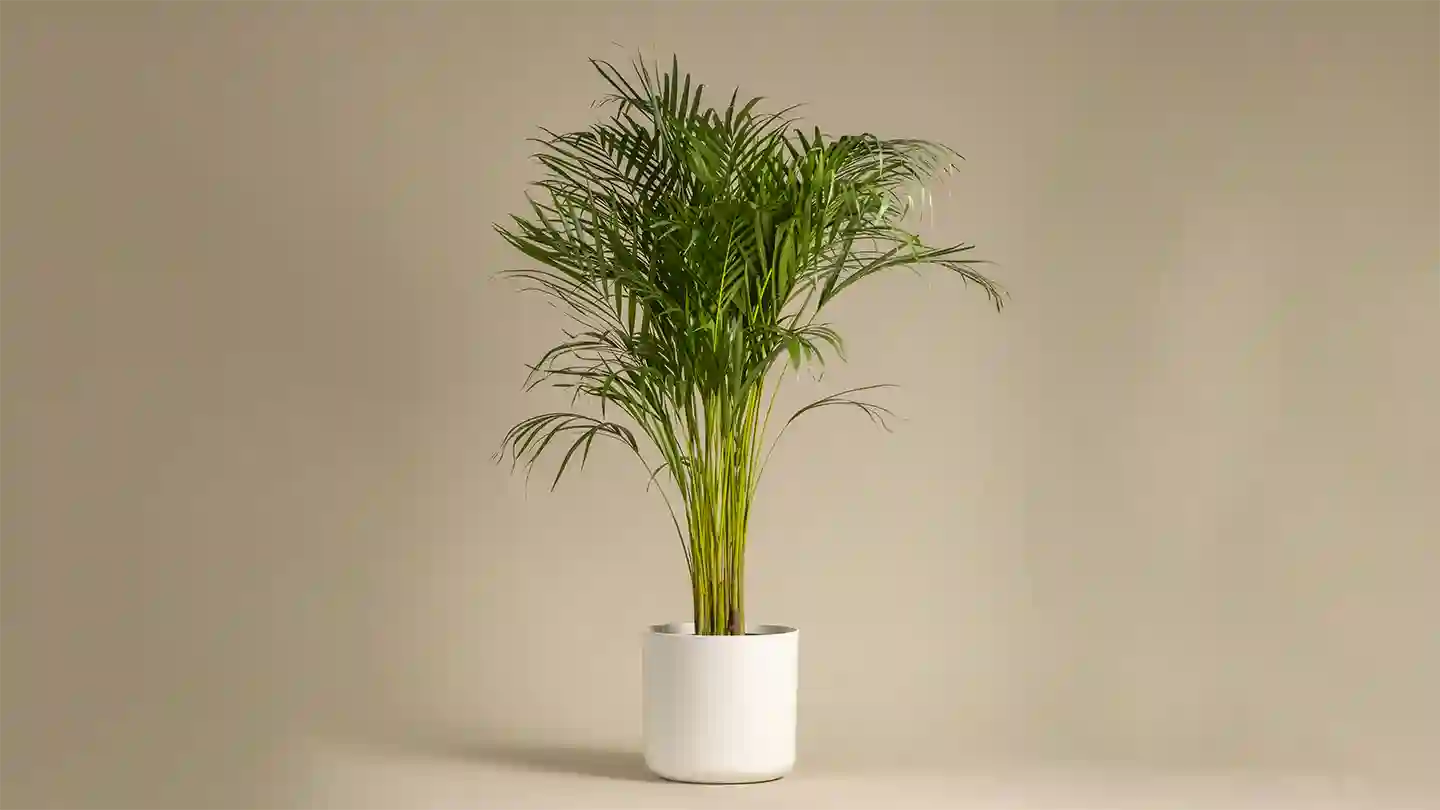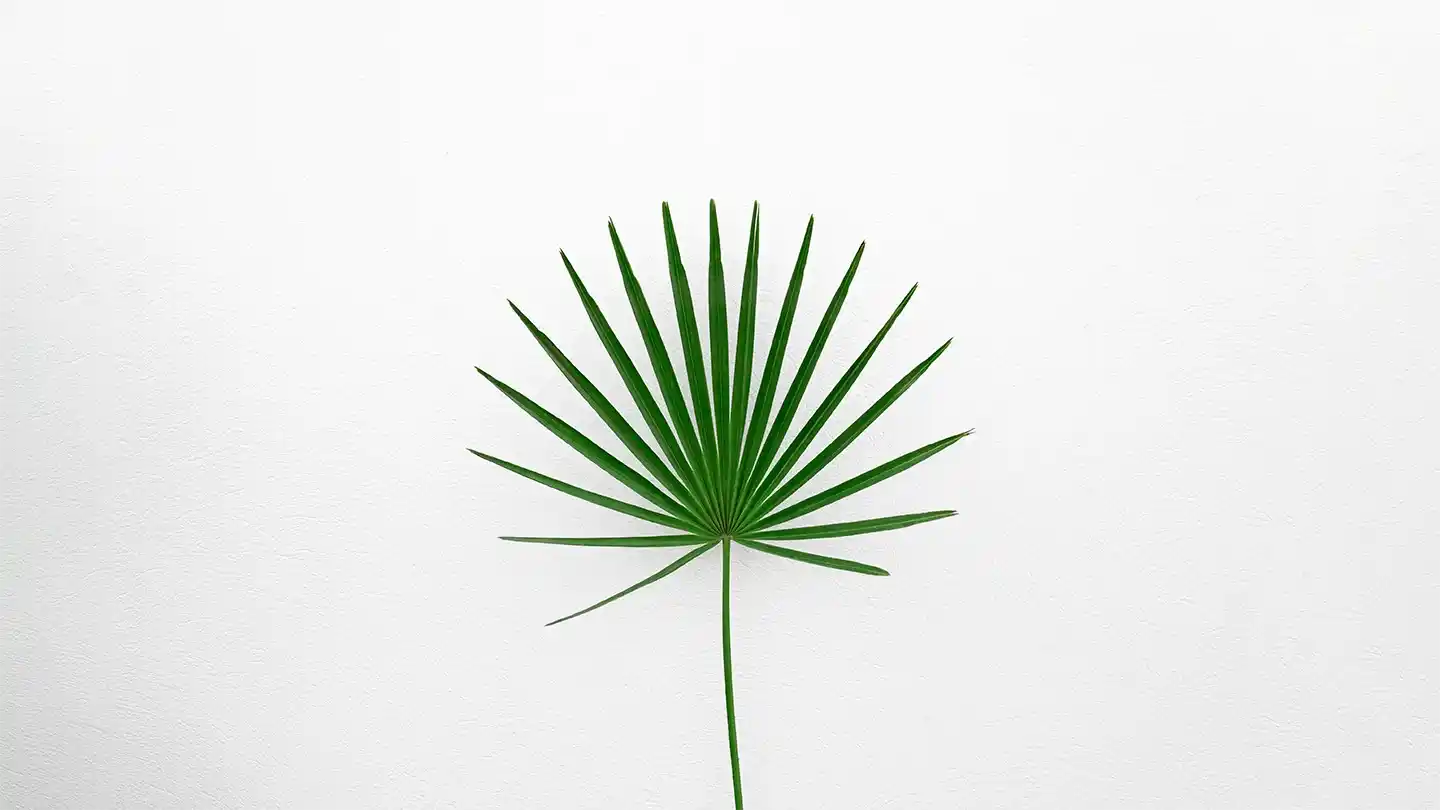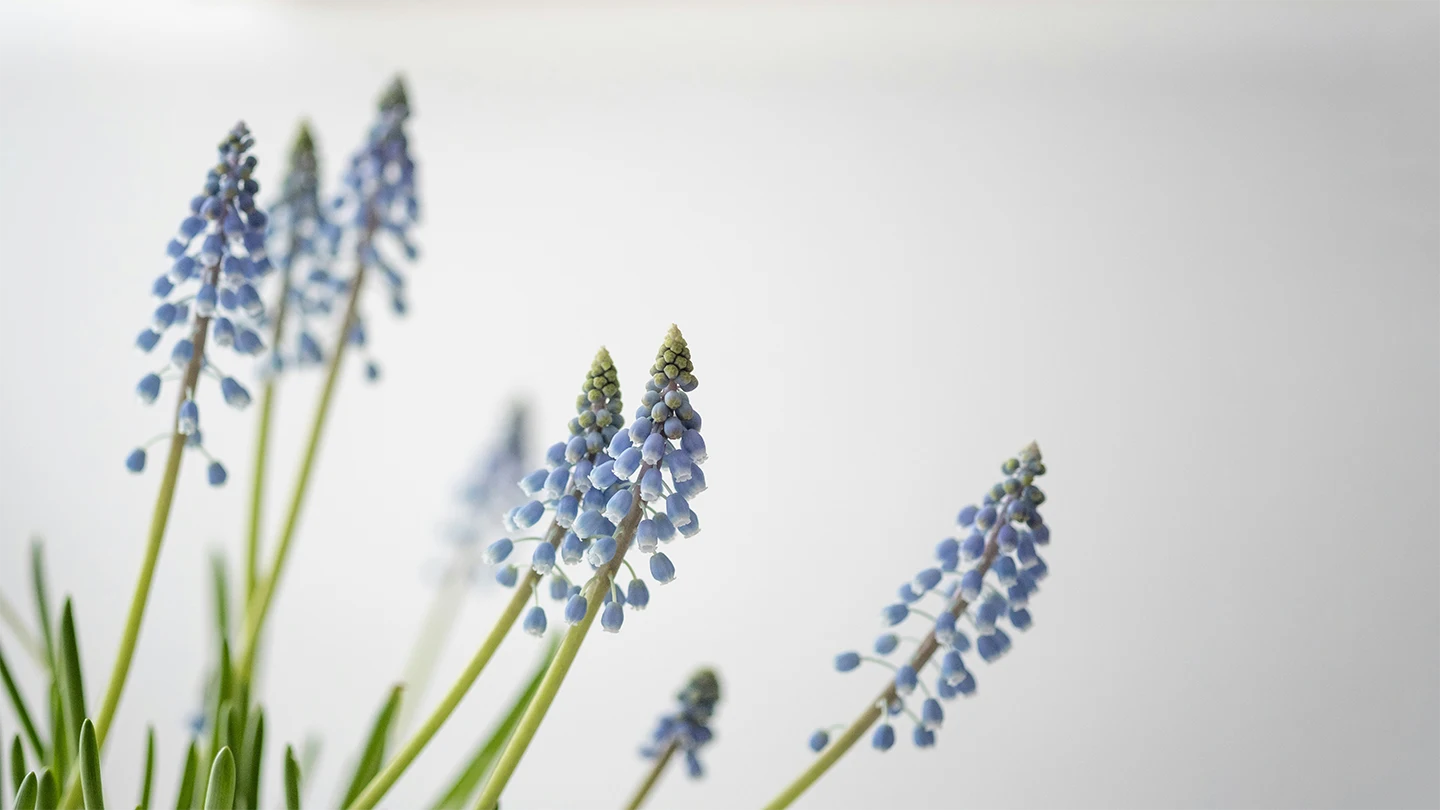
Indoor plants can transform your home into a refreshing, vibrant space, but caring for them often requires time and effort. For those with hectic schedules, low-maintenance plants are a perfect solution. These hardy plants thrive with minimal care, making them ideal for busy individuals or those new to gardening.
From air-purifying wonders to drought-resistant varieties, low-maintenance plants are both functional and beautiful. Here’s a guide to some of the best options that will thrive in your home with little attention.
1. Snake Plant
The snake plant, often called „Mother-in-Law’s Tongue,“ is one of the most forgiving indoor plants. It thrives in low light and requires infrequent watering, making it nearly impossible to kill. This plant is also known for its air-purifying abilities, removing toxins like formaldehyde and benzene from the air.
Place it in a corner, and its tall, upright leaves will add a modern touch to your space while quietly boosting your indoor air quality.
2. ZZ Plant
The ZZ plant is a favorite for its glossy, waxy leaves and ability to survive in almost any condition. It can tolerate low light, irregular watering, and dry indoor air. The plant grows slowly, so it retains its compact size, making it perfect for desks, shelves, or side tables.
A true low-maintenance beauty, the ZZ plant thrives on neglect, making it a popular choice for busy individuals.
3. Pothos
Pothos is a versatile trailing plant that grows beautifully with minimal care. It adapts well to various lighting conditions, from bright indirect sunlight to low light, and only needs watering when the soil is dry.
Known for its cascading vines and heart-shaped leaves, pothos adds a lush, green vibe to any room and can even be propagated easily to create more plants.



4. Succulents
Succulents are drought-resistant plants that store water in their leaves, making them incredibly low-maintenance. They thrive in bright, indirect sunlight and require watering only every few weeks.
Available in various shapes, colors, and sizes, succulents make stylish additions to desks, windowsills, or small tables. Their unique appearance adds a modern, artistic flair to any room.
„Low-maintenance plants are a busy person’s best friend—they bring life and beauty to your space while asking for little in return.“
— Robert Fox





